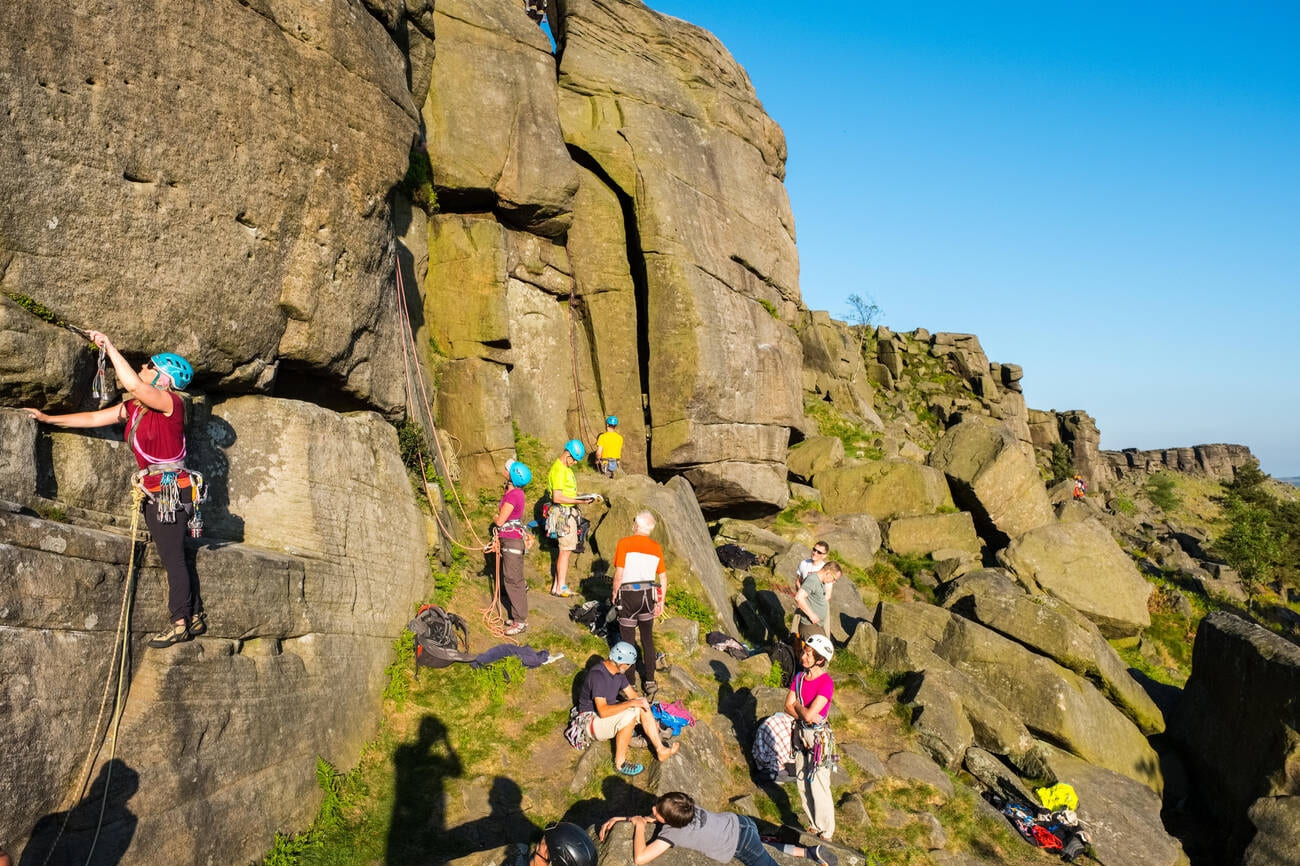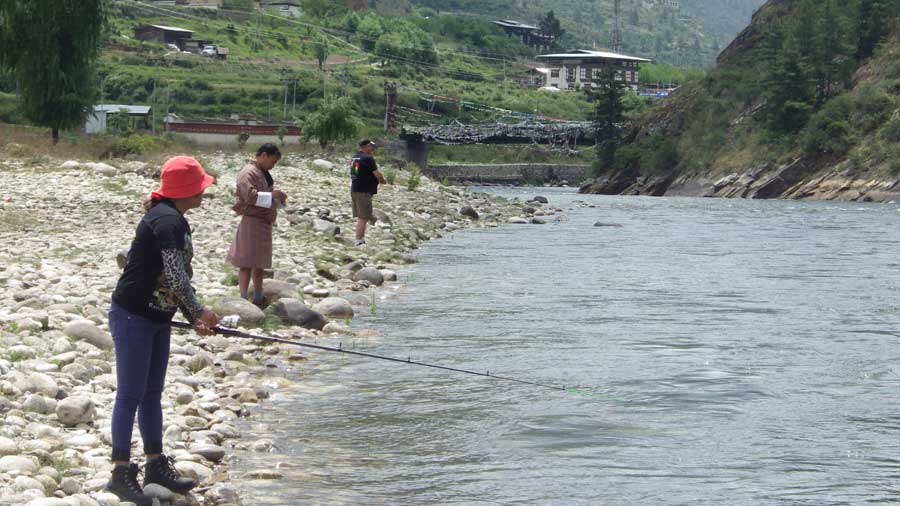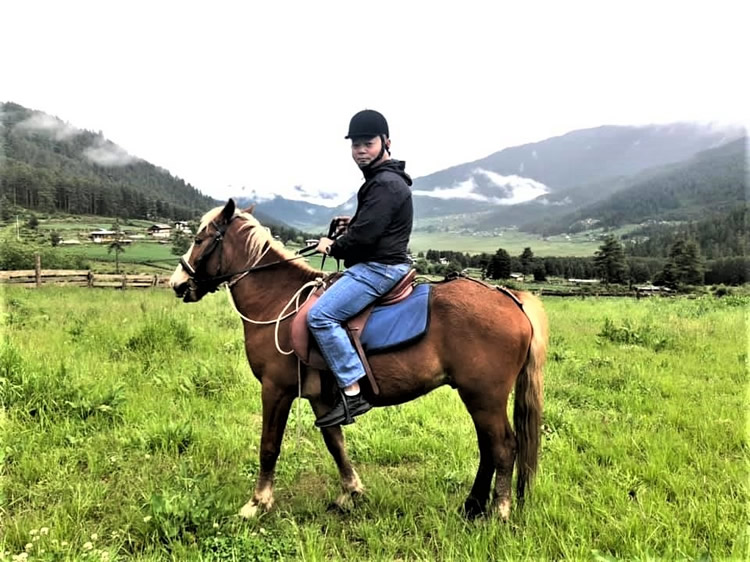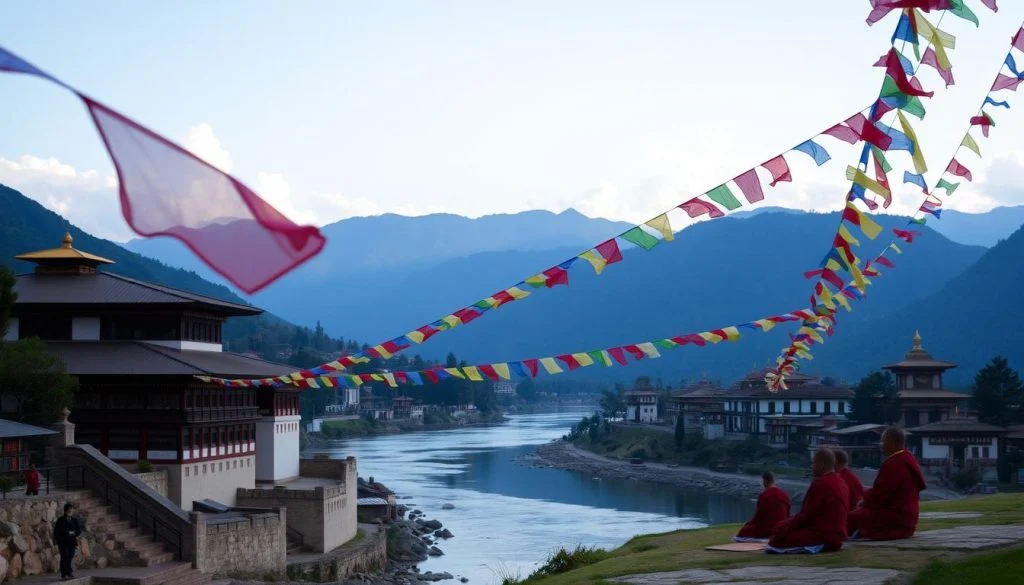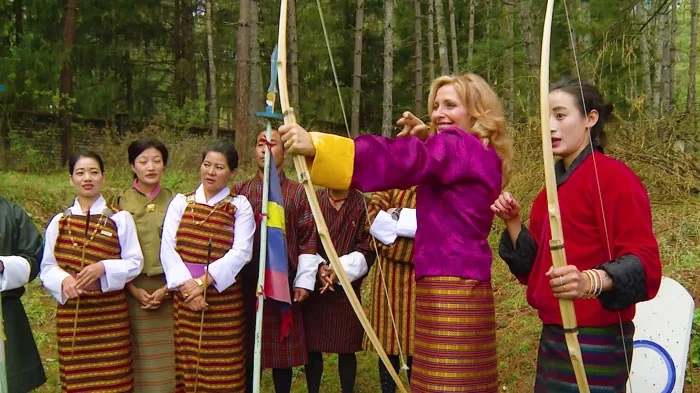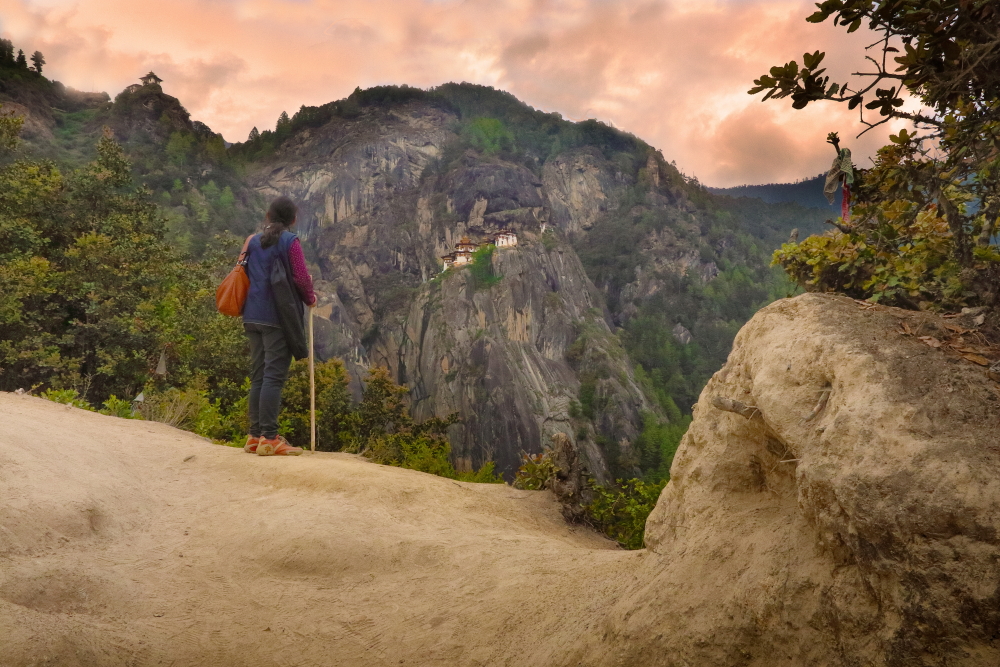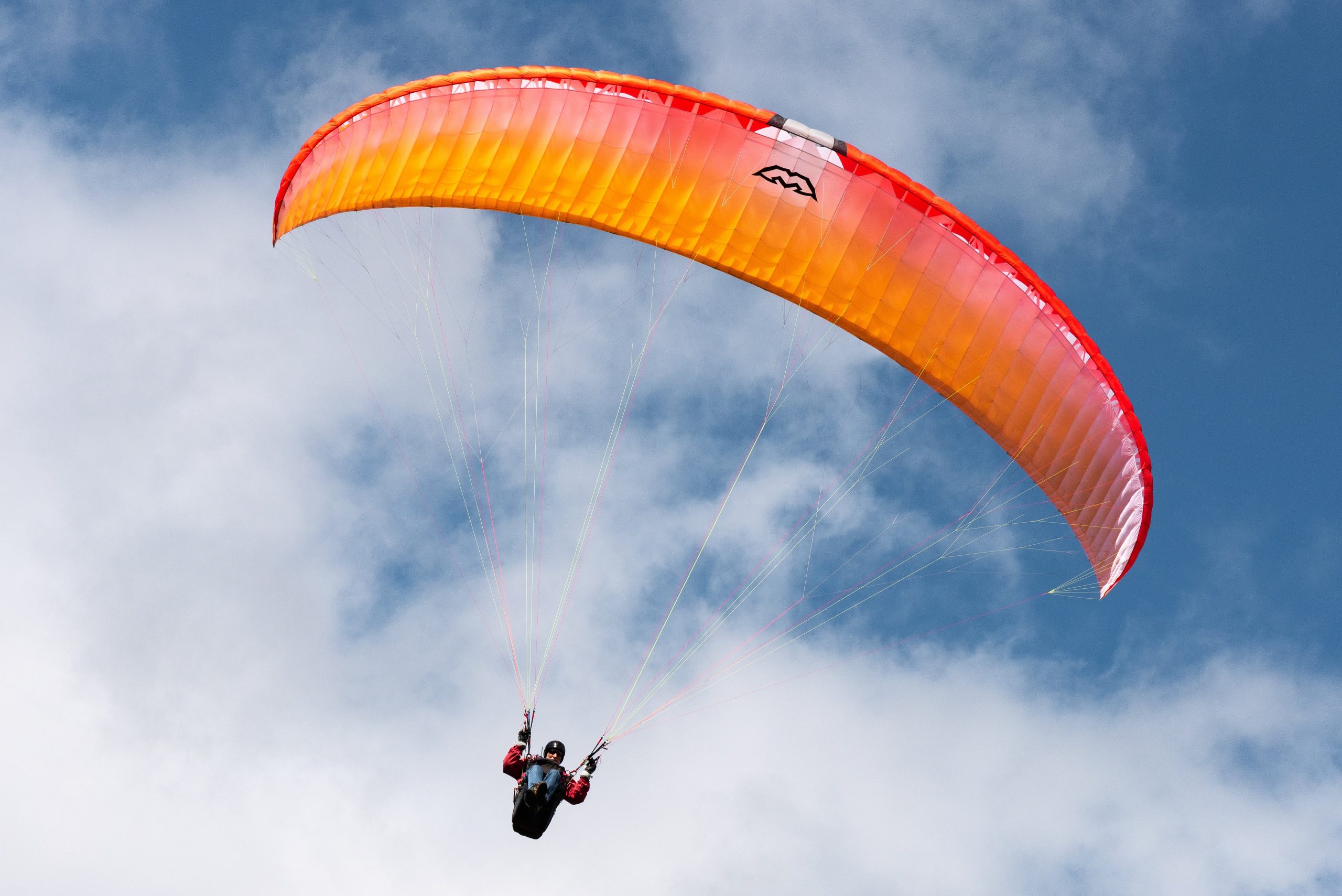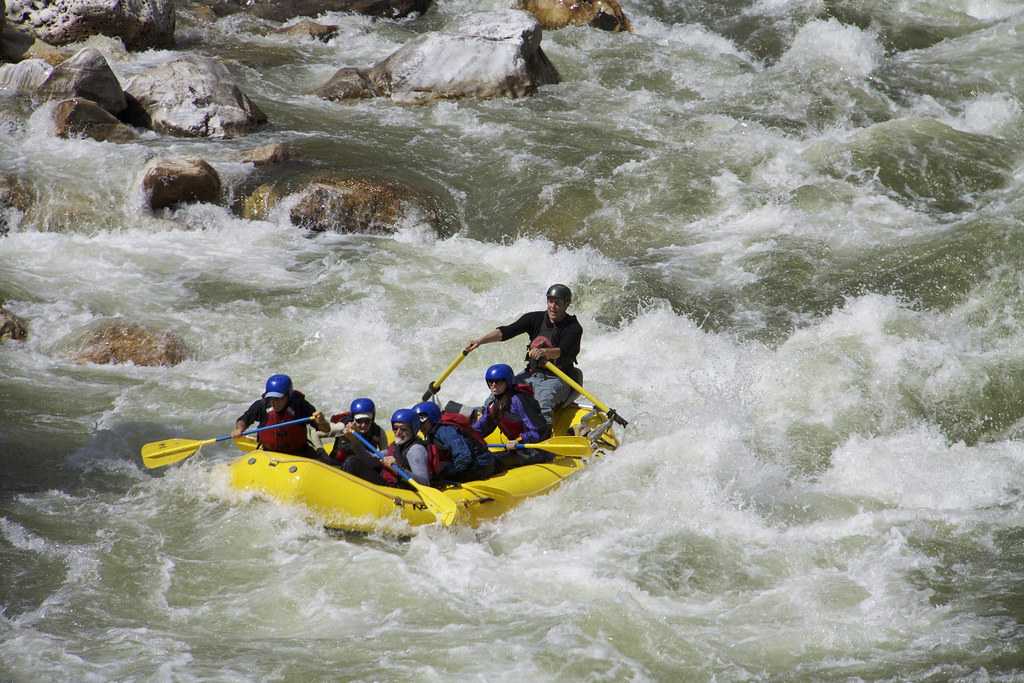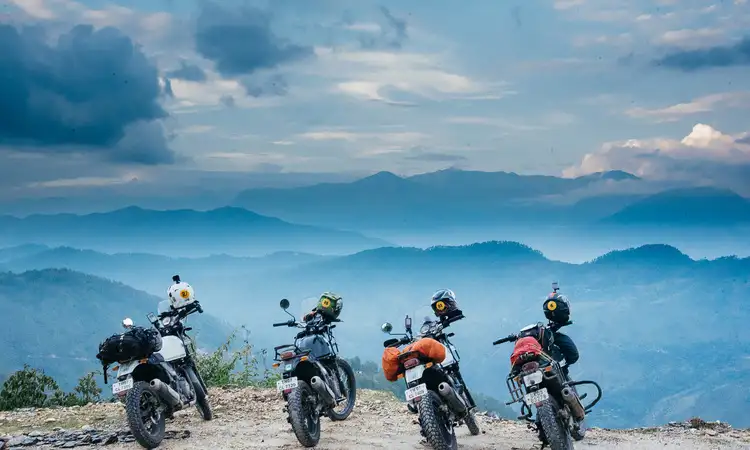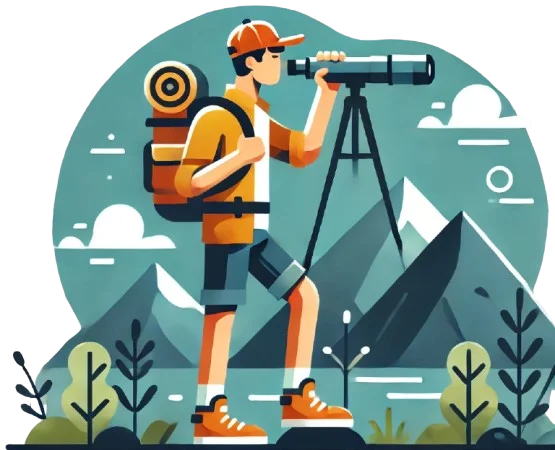Trekking in Bhutan
Trekking in Bhutan
Trekking in Bhutan offers a unique blend of natural beauty, cultural exploration, and adventure. The country is famous for its rugged landscapes, which range from lush valleys to towering peaks, making it one of the best destinations for trekkers. Whether you're a beginner or an experienced trekker, ...
Bhutan has something for everyone.
One of the most popular trekking routes is the Druk Path Trek, which connects Paro and Thimphu and offers breathtaking views of the Himalayas, beautiful lakes, and traditional Bhutanese villages. This trek is moderate in difficulty, taking about 5 days to complete, and is perfect for travelers who want to experience Bhutan’s natural beauty without committing to a long trek.
Gallery
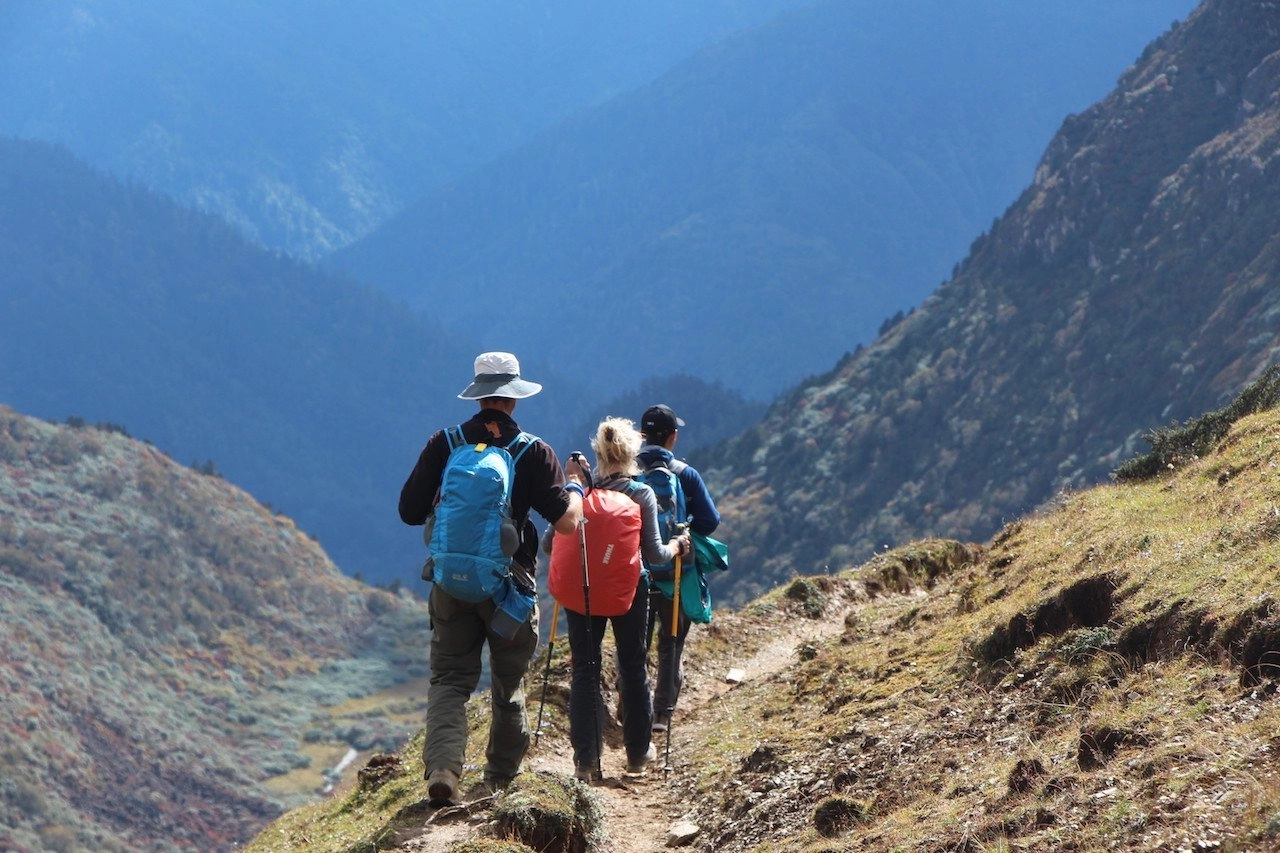
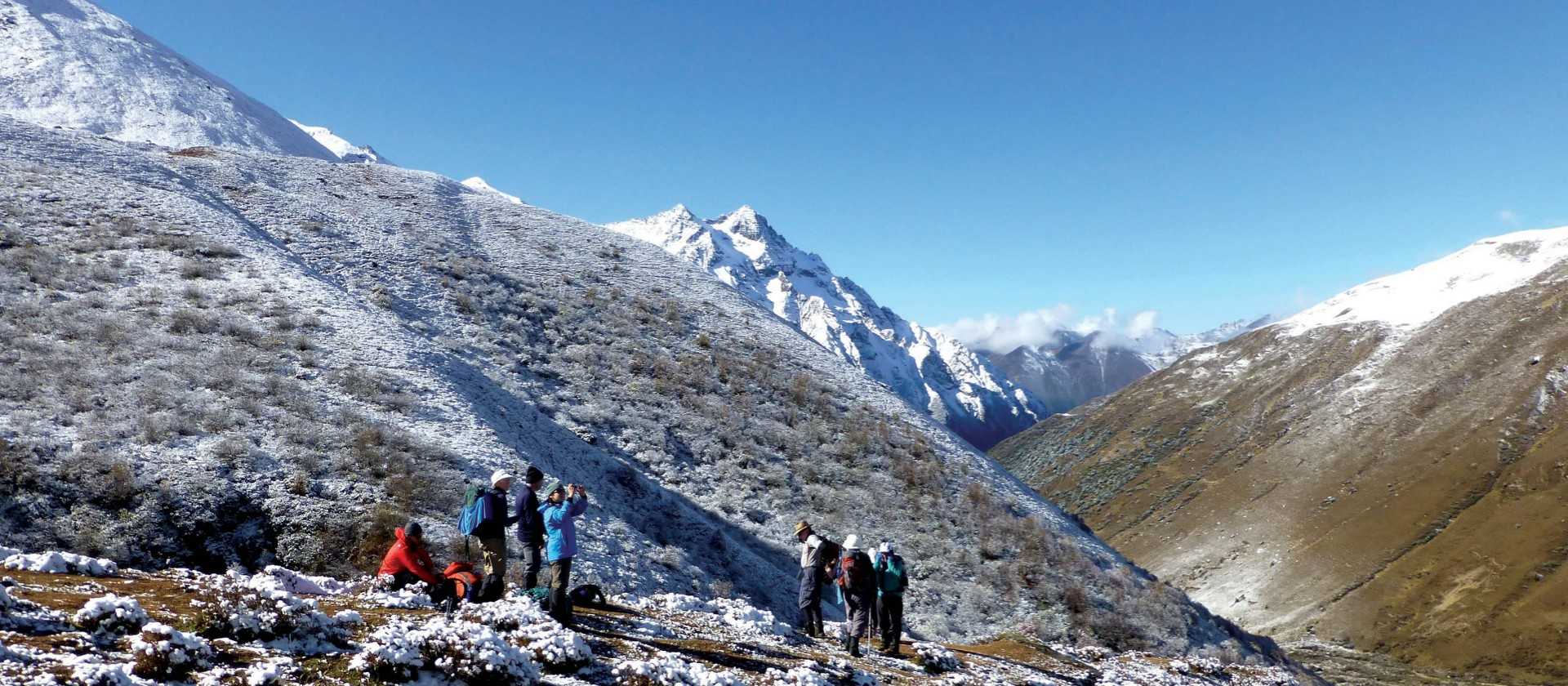
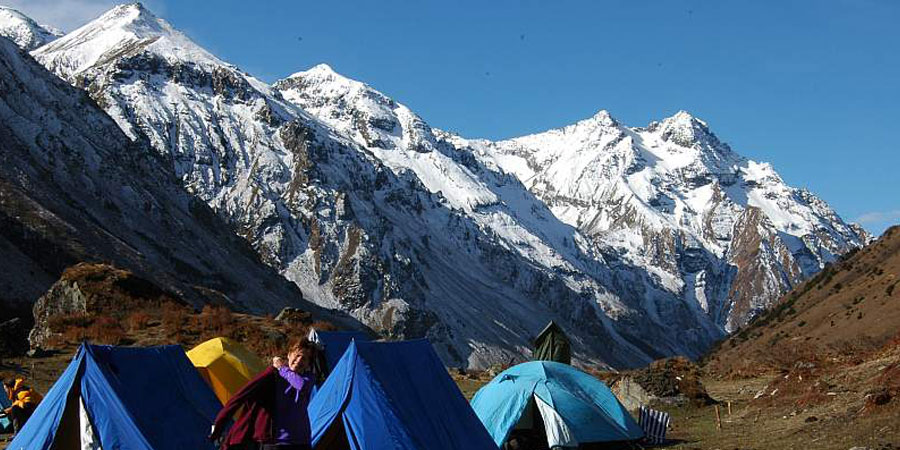
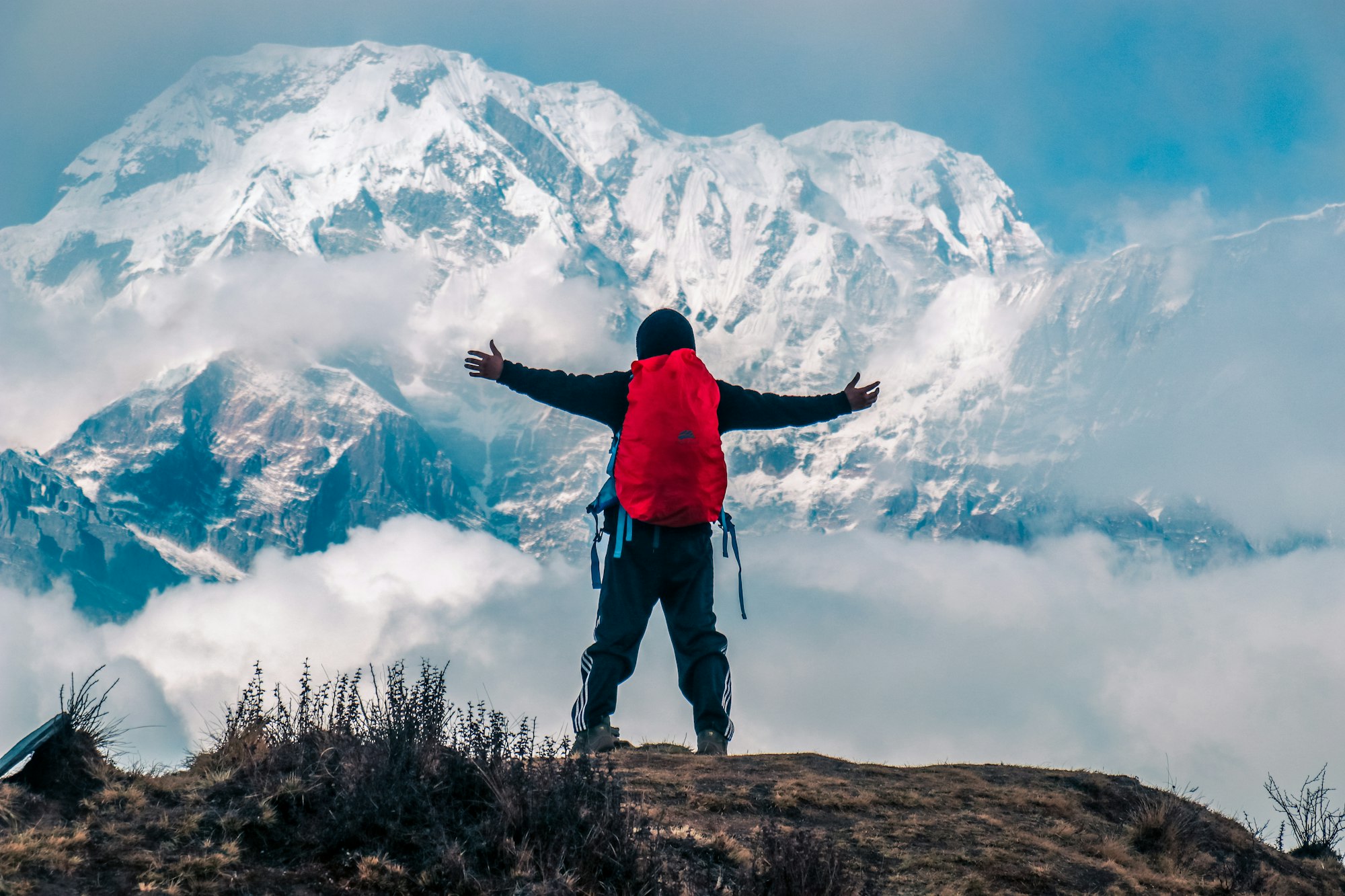
Bhutan's trekking routes also include the Jomolhari Trek and Bumthang Cultural Trek, both of which provide a deep insight into Bhutanese culture and its pristine natural environment. These treks take you through forests, alpine meadows, and remote monasteries, giving you the chance to immerse yourself in the peaceful surroundings and spiritual atmosphere of the country.
The combination of physical exertion and tranquility of the landscapes makes trekking in Bhutan a must-do adventure activity for outdoor enthusiasts.
More Detail About Trekking in Bhutan
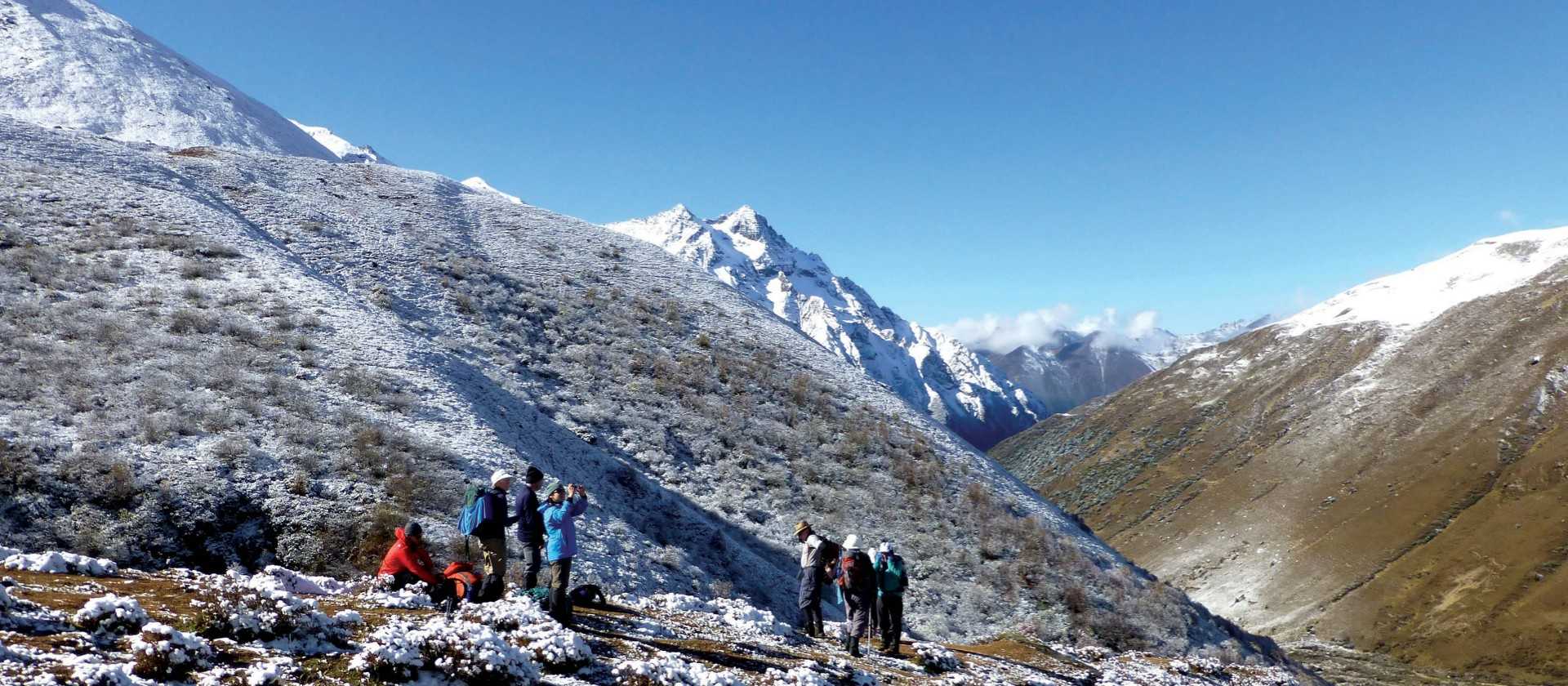 (Trekking in Bhutan is the most demanding activity among domestic and international trekking lovers.)
(Trekking in Bhutan is the most demanding activity among domestic and international trekking lovers.)
For more experienced trekkers, the Snowman Trek is often regarded as one of the toughest treks in the world. This trek, which lasts between 18 to 25 days, takes you through remote villages, alpine forests, and high-altitude passes, offering extraordinary views of the snow-capped peaks of the eastern Himalayas. It requires good p ...
hysical fitness and acclimatization to the high altitudes but rewards trekkers with incredible vistas and a chance to experience Bhutan's untouched wilderness.
Categories

Request a call back
Our experts would love to create a package just for you!







